Medical Disclaimer: This article is for informational purposes only and is not a substitute for professional veterinary advice. Please consult your veterinarian for any health concerns regarding your puppy.
Table of Contents
Bringing a new puppy home is a joy, but the puddles on the carpet can quickly become a source of major stress. As a veterinarian in Ottawa for over eight years, I’ve seen countless new puppy parents on the verge of pulling their hair out. You’re not alone, and I promise, with the right approach, this phase will pass. This guide is designed to make your puppy’s potty training journey as fast and frustration-free as possible.
Key Takeaways
This 7-day plan is your fast track to effective puppy potty training. Success hinges on three core principles: a strict and frequent schedule, the strategic use of a crate to prevent accidents, and immediate, enthusiastic positive reinforcement. Your goal is to take your puppy out after every nap, meal, and play session at least every 1-2 hours initially. Accidents are inevitable; clean them with an enzymatic cleaner to prevent repeat offences. If consistent training fails or you notice other signs like straining or excessive thirst, a veterinary visit is crucial to rule out underlying medical issues. Consistency from every family member is the key to a house-trained puppy.
Table of Contents
- Day 1-2: Building a Solid Foundation for Puppy Potty Training
- Day 3-4: Reinforcing Good Habits and Introducing a Cue
- Day 5-7: Expanding Freedom and Troubleshooting Common Issues
- Common Puppy Potty Training Problems and Vet-Approved Solutions
- Frequently Asked Questions (FAQs) About Puppy Potty Training
Day 1-2: Building a Solid Foundation for Puppy Potty Training
You can also see: https://doglifeexpert.com/dog-barking-at-night-5-proven-gentle-methods/
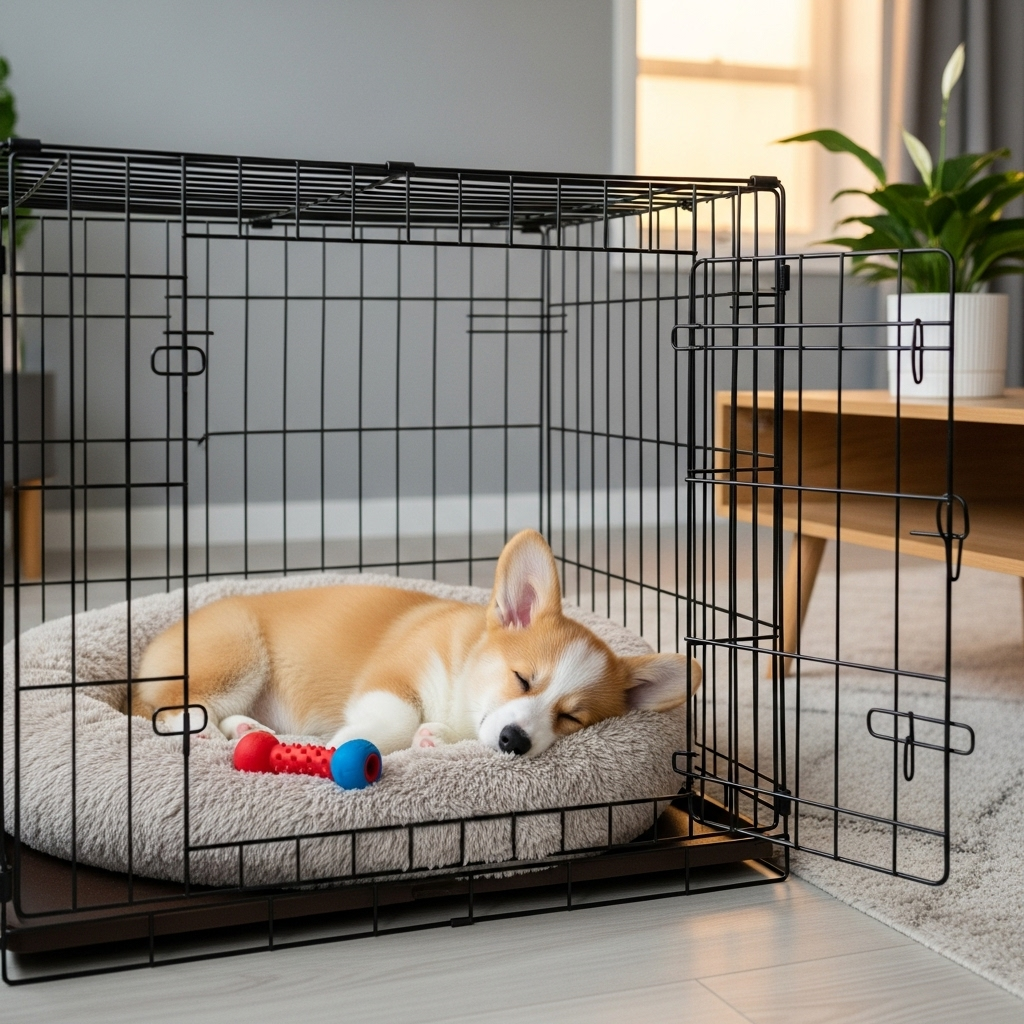
The first 48 hours with your new puppy are all about management and prevention. Your goal is to prevent as many accidents as possible while establishing predictable routines. This initial effort sets the stage for all future puppy potty training success.
The Crate: Your Most Valuable Tool
Think of the crate not as a cage, but as your puppy’s den. Dogs have an instinct to keep their sleeping area clean. A properly sized crate (just big enough for them to stand up, turn around, and lie down comfortably) is your best friend in puppy potty training.
I once had a client with a rambunctious Labrador puppy who was having accidents everywhere. The moment we got them to use the crate consistently, the indoor accidents plummeted. Why? The puppy learned to “hold it” in their den, and the owners learned to recognise the puppy’s cues to go out as soon as the crate door opened.
When you cannot supervise your puppy with 100% of your attention, they should be in their crate. This includes when you’re sleeping, showering, or on a work call.
Establishing a “Go Potty” Spot
From the very first day, decide exactly where you want your puppy to do their business. Whether it’s a specific patch of grass in your backyard or a designated spot on your apartment balcony, consistency is key.
Always take your puppy out on a leash to this same spot. This isn’t playtime; it’s a potty break. Stand still and let them sniff around. Using a leash prevents them from getting distracted and running around the yard instead of focusing on the task at hand. This simple step is a core part of any successful puppy potty training program.
The Power of a Consistent Schedule
A puppy’s bladder is tiny. They can’t hold it for long, so it’s up to you to provide frequent opportunities to go outside. As recommended by foundational veterinary texts like Blackwell’s Five-Minute Veterinary Consult: Canine and Feline, a highly structured schedule is non-negotiable.
Your Day 1-2 schedule should look something like this:
- First thing in the morning: Carry them from the crate directly to their potty spot.
- Last thing at night: A final trip before you put them in their crate for bed.
- After every meal: Digestion stimulates the bowels, so a trip outside 5-20 minutes after eating is a must.
- After every nap: Just like us, puppies often need to urinate upon waking.
- During and after playtime: Excitement can lead to accidents, so be proactive.
- At least every 1-2 hours: When in doubt, take them out. You cannot go outside too often in these early stages of puppy potty training.
Day 3-4: Reinforcing Good Habits and Introducing a Cue
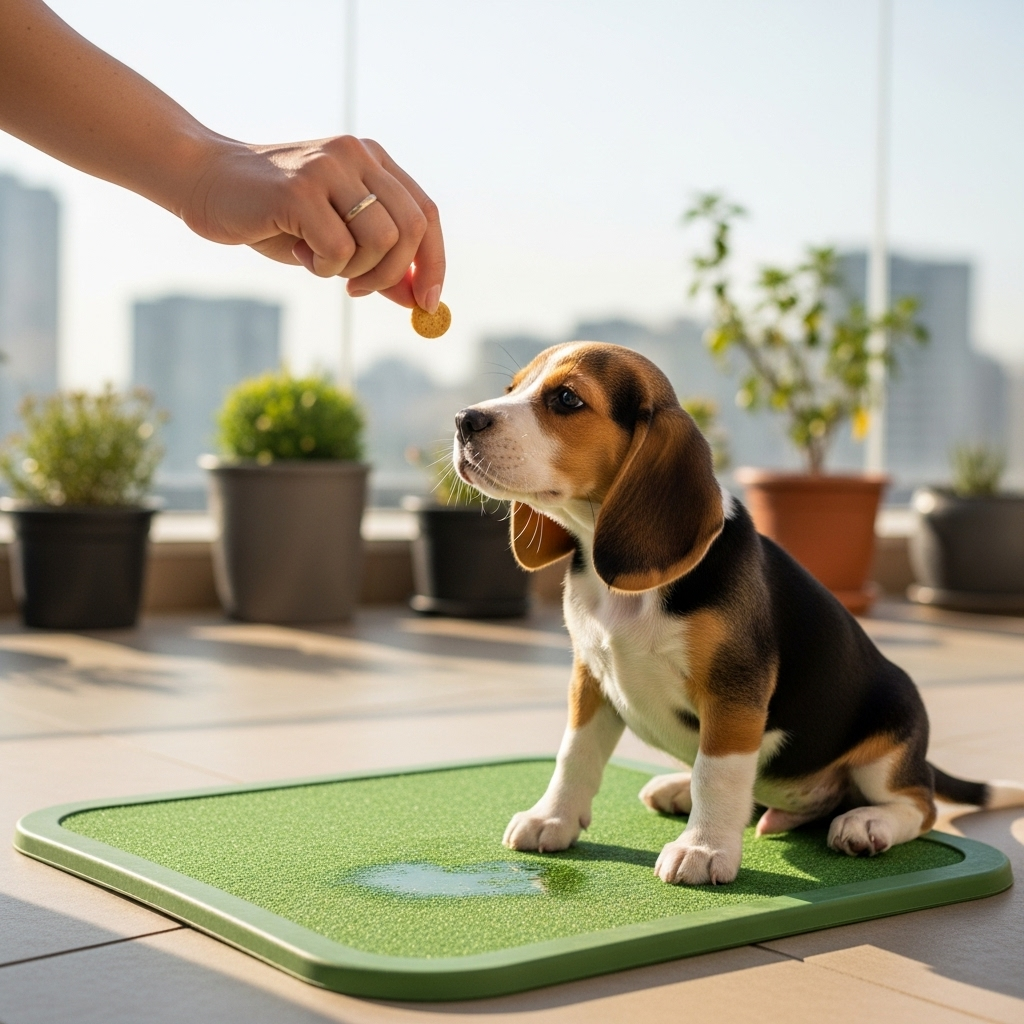
By now, your puppy is starting to understand the basic routine. The next two days are focused on cementing those good habits with powerful positive reinforcement and introducing a verbal cue to speed things up.
Mastering Positive Reinforcement
This is the most important part of puppy potty training. When your puppy eliminates in the correct spot, you need to reward them immediately and enthusiastically. This isn’t a quiet “good dog.” This is a party!
The reward must happen the second they finish. Have high-value treats (small pieces of chicken, cheese, or special puppy treats) ready in your pocket. The moment they finish their business, praise them lavishly (“Yes! Good potty!”) and give them the treat. This creates a powerful positive association with going potty in the right place. Research published in the Journal of Veterinary Behaviour has consistently shown that positive reinforcement-based training is not only more humane but also more effective than punitive methods for all aspects of dog training, including house soiling.
Adding a Verbal “Go Potty” Cue
Once your puppy is reliably going in their designated spot, you can start adding a verbal cue. As your puppy begins to urinate or defecate, start saying your chosen phrase in a calm, steady voice (e.g., “go potty,” “do your business”).
Repeat the phrase a few times while they are in the act. Then, when they finish, throw your treat party. Over time, your puppy will associate the phrase with the action. This is incredibly useful for those cold Ottawa winters when you need them to go quickly! This is a cornerstone of advanced puppy potty training.
What to Do When Accidents Happen (Because They Will!)
First, never punish your puppy for having an accident. Rubbing their nose in it, scolding, or swatting them is counterproductive. It will only teach them to fear you and to hide from you when they need to go, making puppy potty training infinitely harder.
If you catch them in the act, make a startling noise (like a sharp “Ah-ah!”) to interrupt them, then immediately scoop them up and take them to their potty spot. If they finish outside, reward them.
If you find the accident after the fact, simply clean it up and resolve to supervise more closely or take them out more frequently. The accident is your fault, not theirs. For cleanup, it’s critical to use an enzymatic cleaner. Standard household cleaners won’t eliminate the odour molecules that attract a puppy back to the same spot. The Saunders Manual of Small Animal Practice emphasises that proper sanitation is key to preventing re-soiling in previously soiled areas. This is a vital step many pet owners miss.
Day 5-7: Expanding Freedom and Troubleshooting Common Issues
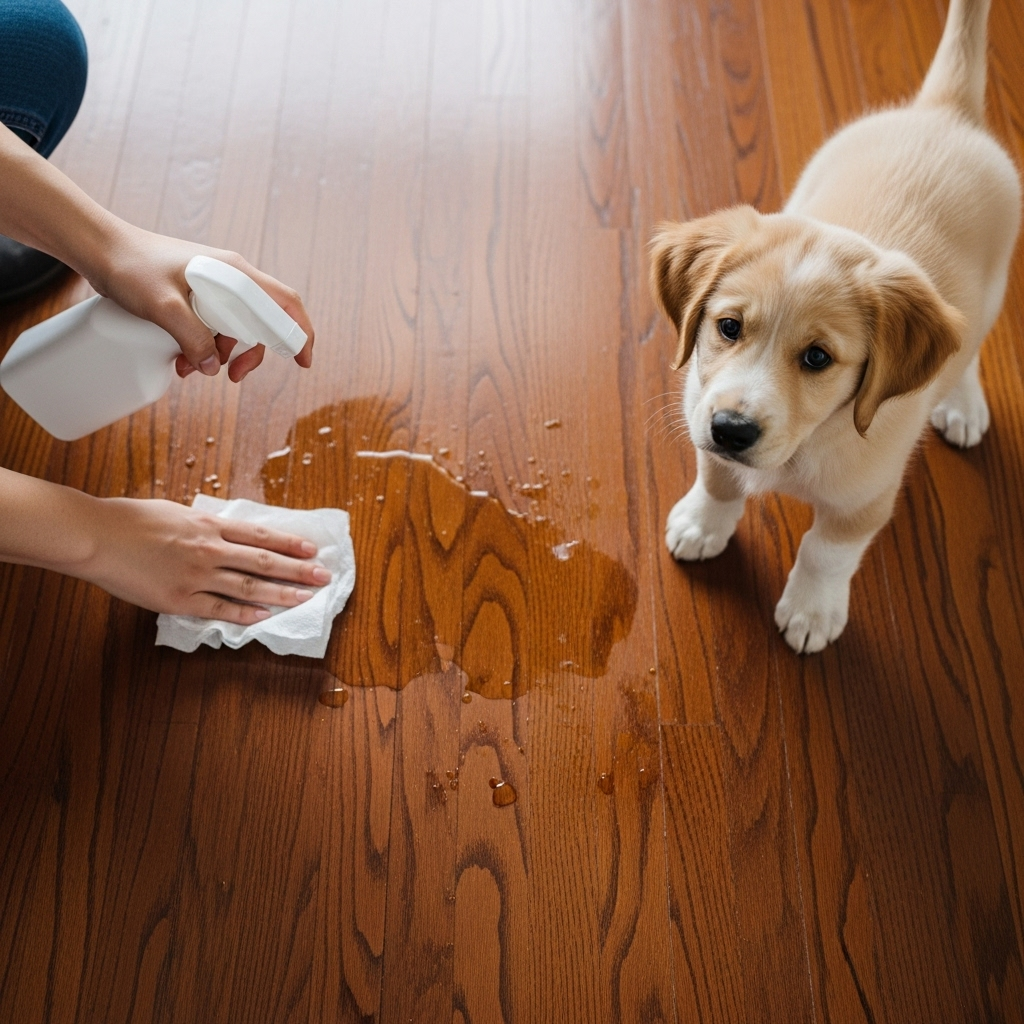
You’ve made it to the home stretch! Your puppy is having fewer accidents and is beginning to understand the basic concept. Now it’s time to grant more freedom and learn to read their signals slowly.
Your puppy has not earned free roam of the entire house yet. That’s a recipe for puppy potty training regression.
Start by allowing them supervised freedom in one puppy-proofed room for short periods (15-20 minutes) after they have just successfully gone potty outside. Keep them leashed to you or use a baby gate to contain them. Gradually increase the duration and area of freedom as they prove they can be trusted. If an accident happens, it means you’ve given them too much freedom too soon. Go back a step.
Recognising Pre-Potty Signals
By now, you should be starting to notice your puppy’s unique “I have to go” signals. These are subtle cues they give right before they need to eliminate. Common signs include:
- Circling frantically
- Sniffing the ground intently
- Whining or looking restless
- Suddenly stopping play
- Walking towards the door
The moment you see any of these signs, it’s a race against time. Drop everything and rush them to their potty spot. Successfully anticipating their needs is a major puppy potty training breakthrough.
My 5-Minute “At-Home Puppy Potty Training” Checklist
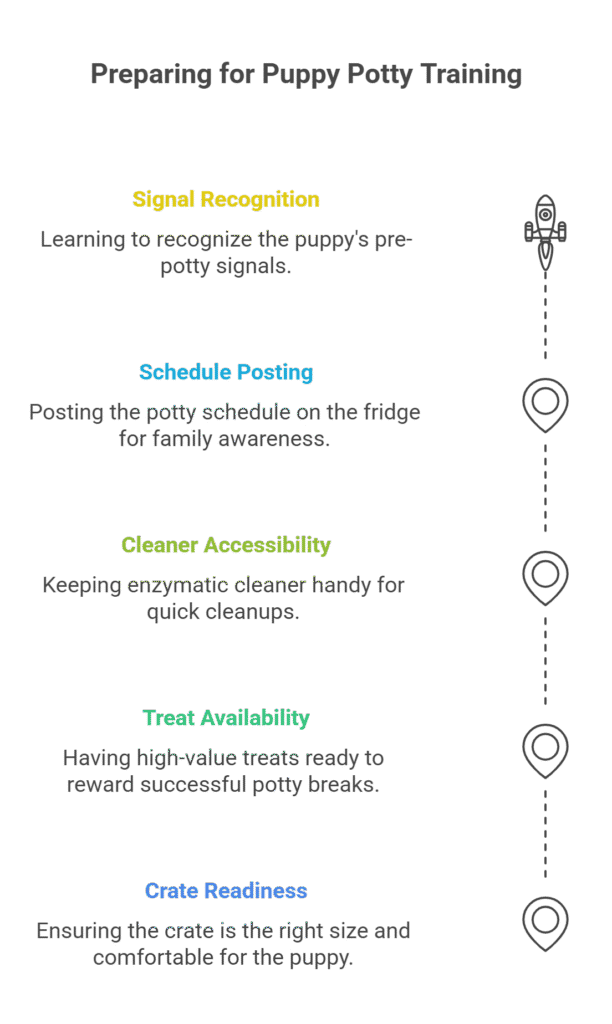
Common Puppy Potty Training Problems and Vet-Approved Solutions
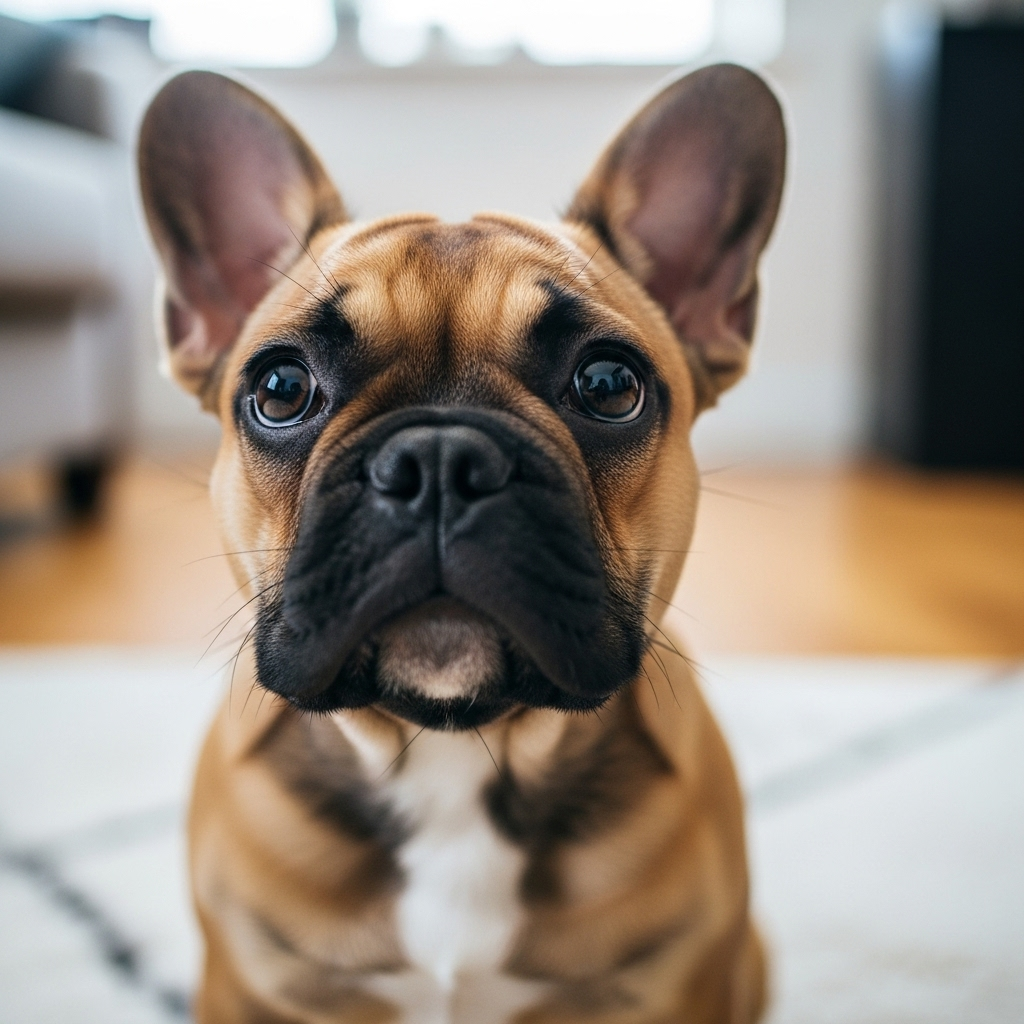
Sometimes, even with the best plan, you’ll hit a snag. Here are some of the most common issues I see in my clinic.
“My puppy still has accidents in their crate.”
This usually means one of three things: the crate is too big (allowing them to soil one end and sleep in the other), they were left in the crate for too long, or there could be an underlying medical issue. Double-check the crate size and your schedule first.
“They go outside, but then have an accident right after coming in.”
This is a classic! It often means the puppy was too distracted outside to fully empty their bladder. The solution is to stay outside with them a little longer. After they go, walk them around for another minute or two to see if they need to go again before heading back inside.
“Is it a medical problem?” – When to See Your Vet
While most puppy potty training challenges are behavioural, you must not ignore the possibility of a medical cause. According to The Merck Veterinary Manual, inappropriate urination can be a sign of several health problems.
See your veterinarian if you notice:
- A sudden increase in accidents after a period of success.
- Straining to urinate or defecate.
- Urinating very small amounts very frequently.
- A change in the colour or smell of the urine.
- Excessive drinking or lethargy.
These could be signs of a urinary tract infection (UTI), bladder stones, or other issues that require medical attention.
Typical Costs for a Veterinary Consultation in Canada
If you suspect a medical issue, a trip to the vet is in order. Here’s a rough idea of what to expect for costs in Canada, though they can vary by province and clinic:
| Service |
| Veterinary Exam / Consultation |
| Urinalysis (Urine Test) |
| Urine Culture (if needed) |
| Bloodwork (Basic Panel) |
Frequently Asked Questions (FAQs) About Puppy Potty Training
How long does it take to potty train a puppy?
While this 7-day plan creates a strong foundation, full reliability can take several months. Most puppies aren’t considered fully house-trained until they are 4-6 months old. Patience and consistency are your best assets in puppy potty training.
Should I use puppy pads for potty training?
I generally advise against them. Puppy pads can be confusing for a puppy, teaching them that it’s acceptable to go potty inside the house. This can make the transition to going exclusively outside much more difficult. They are best reserved for specific situations, like for apartment dwellers in high-rises or for owners with mobility issues.
Can I potty train my puppy in an apartment?
Absolutely! The principles of puppy potty training are the same. Your designated “potty spot” might be a patch of sod on your balcony or a specific curb outside your building. The key is consistency and frequent trips, even if it means more elevator rides.
Why does my puppy eat their poop after going potty?
This behaviour, called coprophagia, is surprisingly common in puppies. While gross to us, it’s often a learned behaviour or can stem from nutritional deficiencies or boredom. Clean up immediately after your puppy defecates and discuss it with your vet to rule out any underlying health issues. As the Canadian Veterinary Medical Association advises, providing comprehensive care, including proper nutrition and enrichment, is key to preventing many behavioural problems.
Conclusion
Navigating the world of puppy potty training can feel like a rollercoaster of triumphs and setbacks, but remember that every step forward is a victory. The plan laid out here is more than just a schedule; it’s a way to build a powerful bond of communication and trust between you and your new best friend. Stay patient, celebrate the small successes with genuine joy, and be the consistent leader your puppy needs. Before you know it, the days of unexpected puddles will be a distant memory, replaced by the unwavering companionship of a well-adjusted, confident, and beloved family member. You can do this


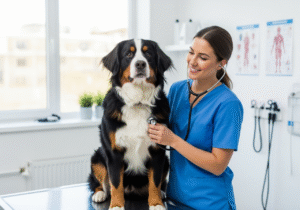
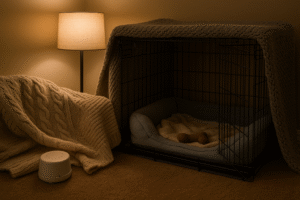
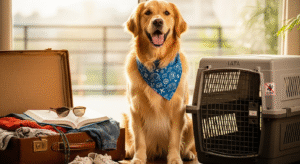
Pingback: Crate Training Your Dog: 5 Essential Benefits Today